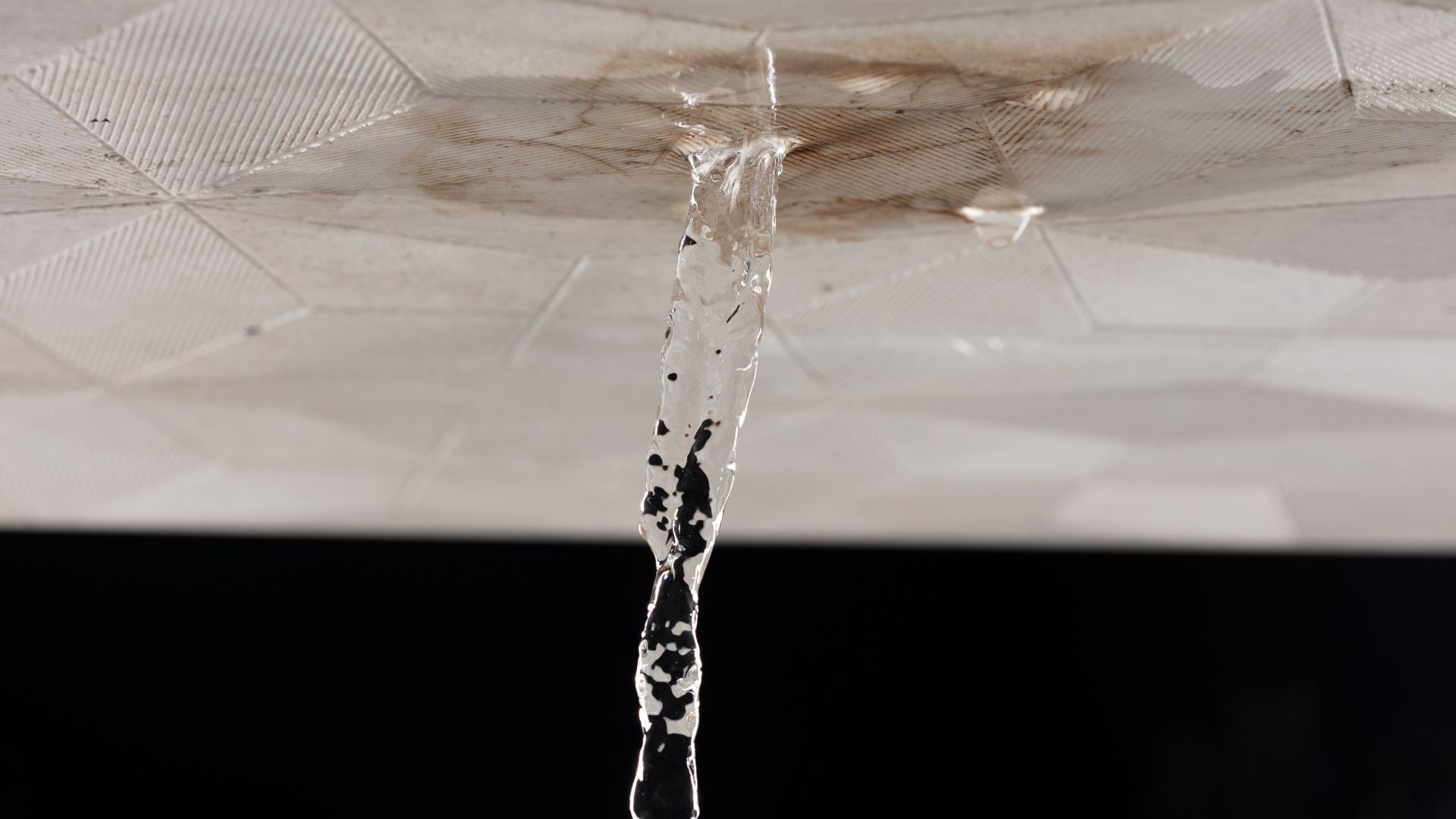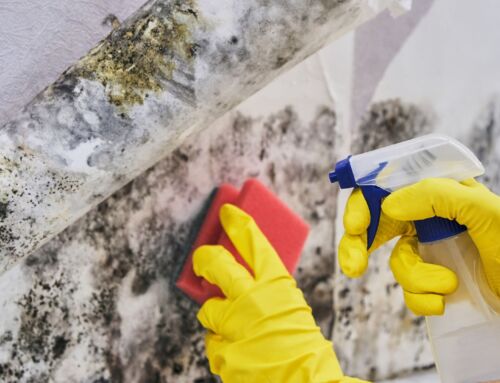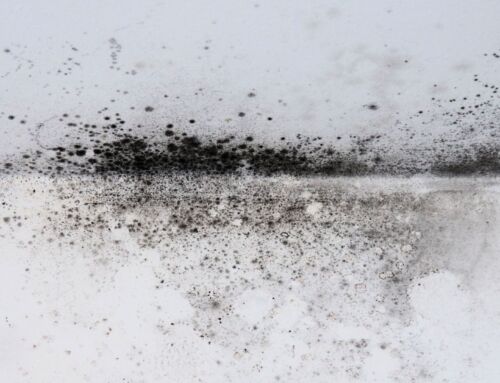The phrase “April showers bring May flowers” is one of those old sayings that sticks with us, but have you ever wondered why April gets singled out for its rain? While it’s not the wettest month of the year, April has earned a reputation for its sudden and frequent downpours. And while it may be great for blooming gardens, it can be less welcome for homeowners dealing with damp and water-related issues indoors.
Why Is April Known for Showers?
The weather in April can be unpredictable. This is largely due to the transition between seasons. As we move from the colder months of winter into the warmer temperatures of spring, the atmosphere becomes unstable. In the UK and many parts of the northern hemisphere, this change creates the perfect conditions for rain.
Cool polar air mixes with warmer air coming up from the south, causing rising air currents and the formation of clouds. As these clouds develop rapidly, they can lead to sudden showers. April’s position on the seasonal calendar makes it a peak time for these changes to occur. The result? More short, sharp bursts of rain – aka April showers.

The Impact of April Showers on Homes
While a bit of rain is normal (and even necessary), too much of it – especially in a short time – can pose challenges for homeowners. Here’s how April’s wet weather can contribute to damp problems in homes:
1. Increased Surface Water Around the Home
Frequent showers can lead to a build-up of surface water, especially if the ground is already saturated from winter. If your property has poor drainage, this water can seep into basements, cellars, or under floorboards, leading to rising damp and structural damage over time.
2. Blocked Gutters and Downpipes
After autumn and winter, leaves and debris can clog gutters and downpipes. April showers can overwhelm these systems, causing water to overflow and run down exterior walls. Over time, this repeated exposure can weaken masonry and let moisture creep into the home.
3. Poor Ventilation Meets High Humidity
As temperatures start to rise in April, many people begin to shut windows or use central heating less, leading to a drop in indoor ventilation. Combined with the high humidity from the rain outside, this can create the perfect environment for condensation and mould inside the home – especially in bathrooms, kitchens, and bedrooms.
4. Hidden Leaks Revealed
April’s rain can also reveal hidden roofing issues. Missing tiles, broken flashing, or cracked seals that weren’t a problem during the dry winter months might now let water in. This can lead to damp patches on ceilings or down interior walls.
How to Protect Your Home
The good news is that a few simple steps can help protect your home from the effects of April showers:
-
Check your gutters and downpipes for blockages and clear any debris.
-
Inspect your roof for signs of wear or damage.
-
Improve ventilation in moisture-prone areas with extractor fans or dehumidifiers.
-
Keep an eye on damp-prone areas, especially basements and exterior walls.
-
Check ground-level drainage to make sure water is being diverted away from your home.
In Summary
April may have a reputation for showers, but those bursts of rain are more than just a springtime quirk. They’re a reminder to stay on top of home maintenance and tackle any small issues before they turn into bigger damp problems. With the right precautions, you can enjoy the fresh blooms of spring – without worrying about what’s happening behind your walls.
If you’re seeing any signs of damp in your home – from musty smells and mould to peeling paint or water stains – it’s best to get it checked out sooner rather than later. Get in touch with us today and let our expert team help you keep your home dry, safe, and sound.





